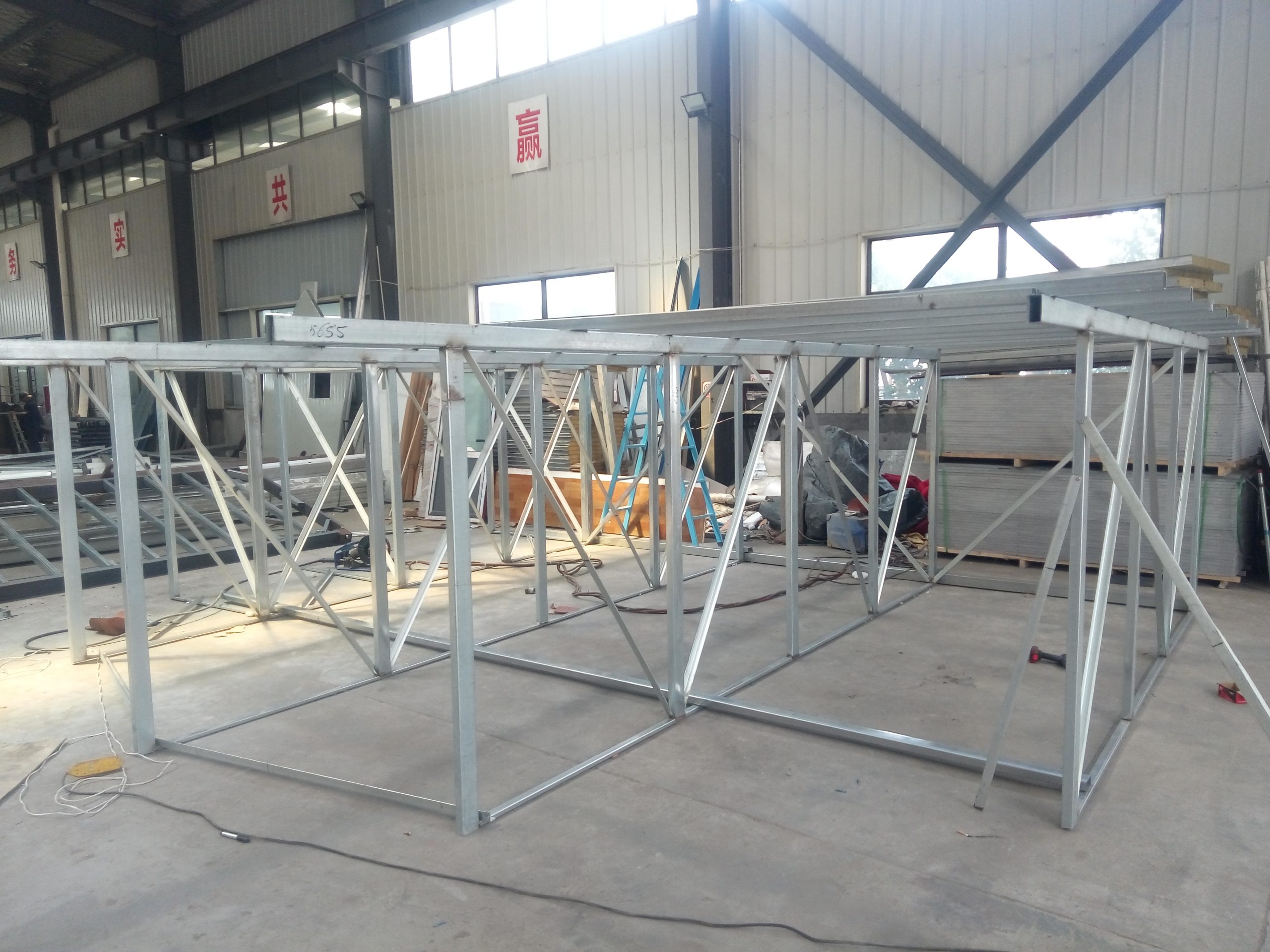Table of Contents
Advantages of Adhering to Global Technical Standards and Specifications in the Steel Structure Industry
In the steel structure industry, adhering to global technical standards and specifications is crucial for ensuring quality, safety, and efficiency in the production and use of steel structures. Global technical standards and specifications provide a common framework for manufacturers, engineers, and contractors to follow, ensuring that steel structures meet the necessary requirements for strength, durability, and performance.
One of the key advantages of adhering to global technical standards and specifications is the assurance of quality. By following established standards such as those set by organizations like the American Institute of Steel Construction (AISC) or the International Organization for Standardization (ISO), manufacturers can ensure that their steel structures meet the necessary quality benchmarks. This not only helps to build trust with customers but also ensures that the structures will perform as expected over their lifespan.
Adhering to global technical standards and specifications also helps to ensure safety in the steel structure industry. Standards such as those set by the Occupational Safety and Health Administration (OSHA) in the United States or the European Committee for Standardization (CEN) provide guidelines for the safe design, fabrication, and installation of steel structures. By following these standards, manufacturers and contractors can minimize the risk of accidents and ensure that their structures are built to withstand the stresses they will be subjected to.
Efficiency is another key advantage of adhering to global technical standards and specifications in the steel structure industry. By following established guidelines for design, fabrication, and installation, manufacturers can streamline their processes and reduce the likelihood of errors or rework. This not only saves time and money but also helps to ensure that projects are completed on schedule and within budget.
In addition to these practical advantages, adhering to global technical standards and specifications can also help to facilitate international trade in the steel structure industry. By following common standards, manufacturers can ensure that their products meet the requirements of customers in different countries, making it easier to export steel structures to global markets. This can help to expand business opportunities and drive growth in the industry.
Overall, adhering to global technical standards and specifications is essential for ensuring quality, safety, and efficiency in the steel structure industry. By following established guidelines, manufacturers can build trust with customers, minimize the risk of accidents, streamline their processes, and facilitate international trade. As the industry continues to evolve and grow, adherence to global standards will become increasingly important for maintaining competitiveness and meeting the needs of customers around the world.
Challenges and Solutions in Implementing Global Technical Standards and Specifications in the Steel Structure Industry
The steel structure industry plays a crucial role in the global economy, providing the backbone for infrastructure projects, commercial buildings, and residential construction. With the increasing demand for steel structures worldwide, there is a growing need for global technical standards and specifications to ensure quality, safety, and interoperability across borders.
However, implementing global technical standards and specifications in the steel structure industry comes with its own set of challenges. One of the main challenges is the diversity of regulations and codes in different countries. Each country has its own set of standards and specifications for steel structures, making it difficult to harmonize these requirements on a global scale.
Another challenge is the lack of awareness and understanding of global technical standards among industry stakeholders. Many manufacturers, engineers, and contractors may not be familiar with the latest international standards and specifications, leading to inconsistencies in design, fabrication, and construction practices.
Furthermore, the cost of compliance with global technical standards can be a barrier for small and medium-sized enterprises in the steel structure industry. Meeting the requirements of international standards may require investments in new equipment, training, and certification, which can be a significant financial burden for smaller companies.
Despite these challenges, there are solutions that can help overcome the barriers to implementing global technical standards and specifications in the steel structure industry. One solution is to promote awareness and education about international standards among industry professionals. Training programs, workshops, and seminars can help disseminate information about the latest standards and best practices in steel structure design and construction.

Collaboration and cooperation among industry stakeholders are also essential for the successful implementation of global technical standards. By working together, manufacturers, engineers, contractors, and regulators can develop common guidelines and procedures that align with international standards, ensuring consistency and quality in steel structure projects.
In addition, governments and industry associations can play a key role in promoting the adoption of global technical standards in the steel structure industry. By providing incentives, subsidies, and support for companies that comply with international standards, policymakers can encourage widespread adoption of best practices and quality assurance measures.
Standardization bodies such as the International Organization for Standardization (ISO) and the American Society for Testing and Materials (ASTM) also play a crucial role in developing and updating global technical standards for the steel structure industry. These organizations bring together experts from around the world to develop consensus-based standards that reflect the latest advancements in materials, design, and construction techniques.
Overall, the implementation of global technical standards and specifications in the steel structure industry is essential for ensuring quality, safety, and sustainability in construction projects worldwide. By addressing the challenges and barriers to standardization through education, collaboration, and support, industry stakeholders can work together to create a more efficient and competitive global steel structure market.

